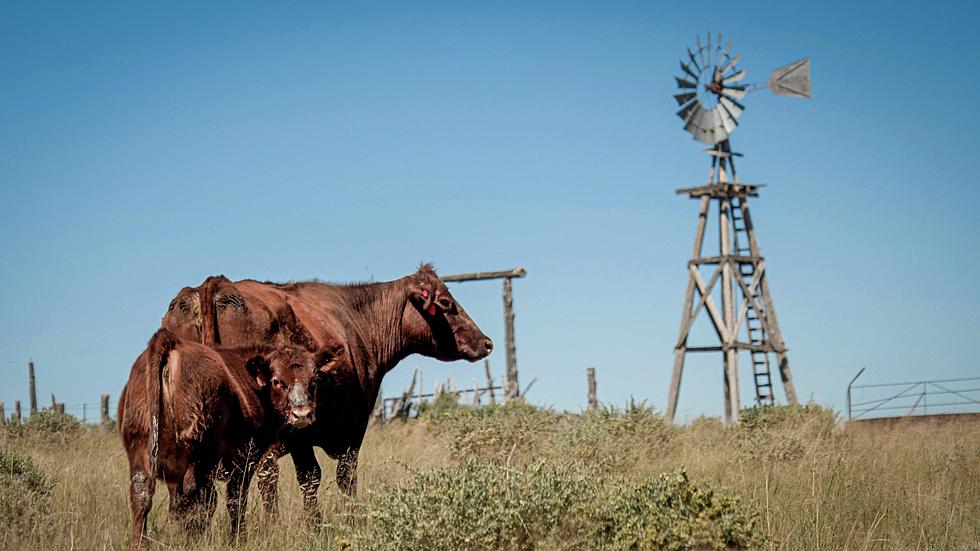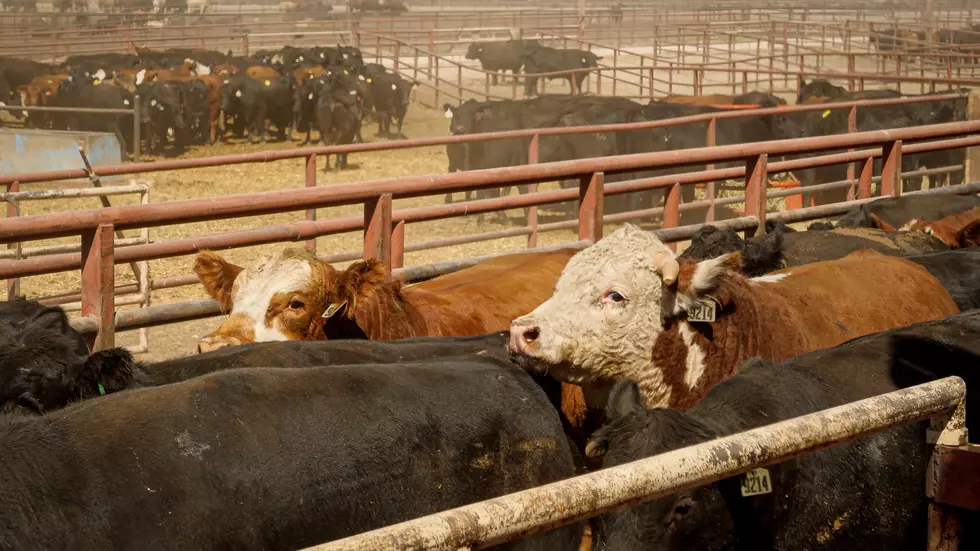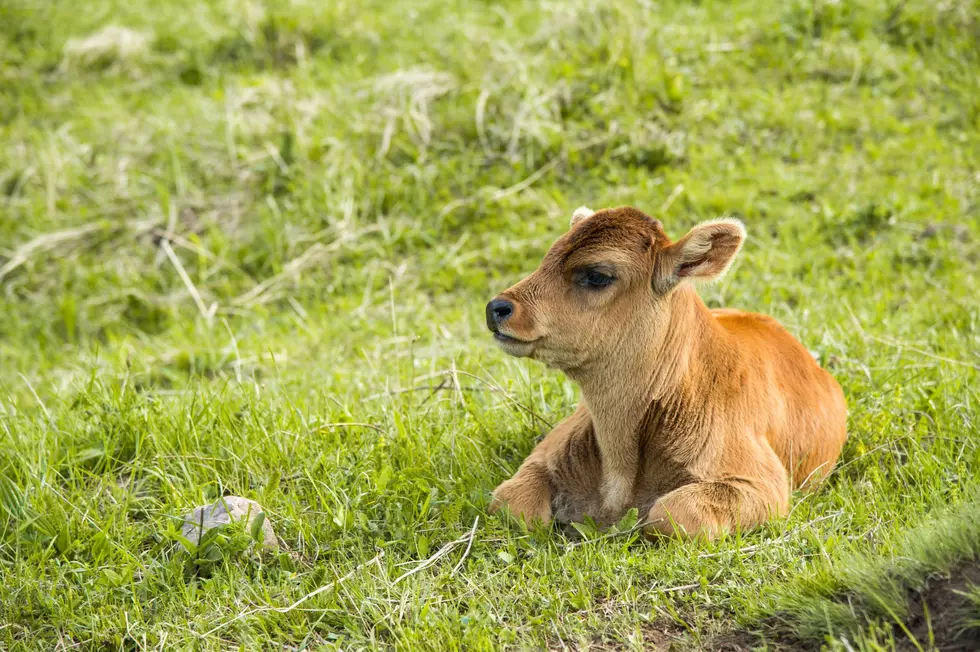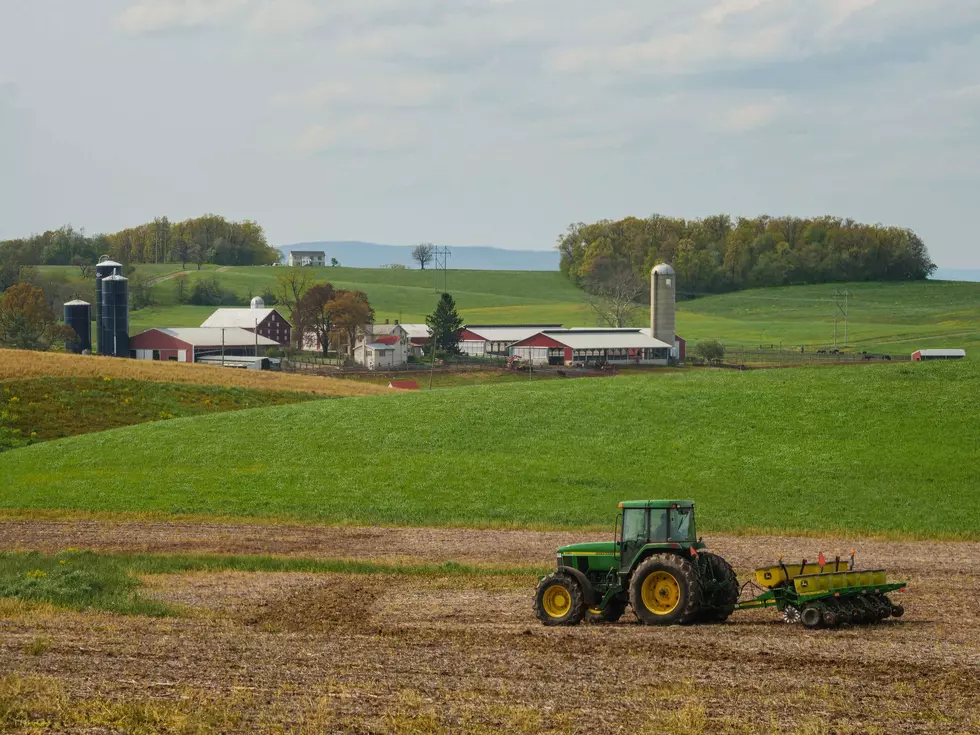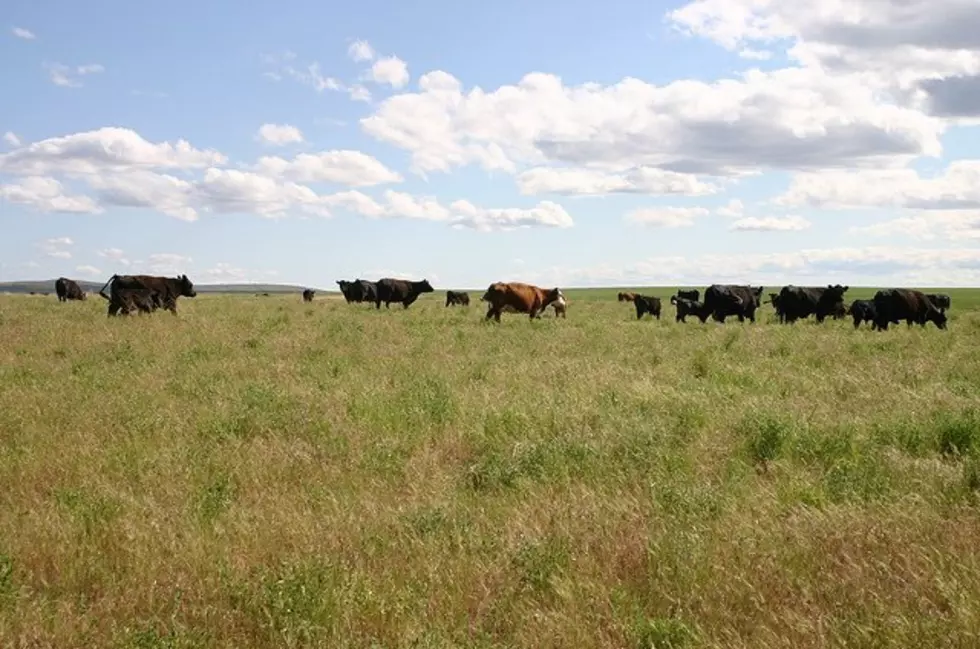
Susewind OKs The Killing Of Togo Wolf
On Thursday, Washington Department of Fish and Wildlife Director Kelly Susewind authorized the killing one one of two wolves from the Togo pack. The announcement comes following repeated cattle depredations on public and private grazing lands in Ferry County. Four depredations have been attributed to the Togo pack since late June, three of which occurred in the past 30 days resulting in one dead and three injured calves.
The WDFW said the three producers that suffered livestock loses had proactive non-lethal deterrents in place in an effort to save off wolf attacks.
Producer 1:
- The producer provided human presence and focused monitoring around private calving pastures.
- If sick and/or injured cattle were identified on the range, the producer transported those livestock back to the ranch headquarters and out of the Togo pack territory.
- The producer practiced carcass sanitation by removing and/or properly disposing of carcasses so they were not attractants.
- WDFW staff deployed a radio-activated guard (RAG) box for approximately six weeks until they deemed it had become ineffective at deterring wolves from the area, and that it was needed elsewhere.
- The producer met WDFW’s expectation of daily to near daily range riding throughout the grazing season thus far. In addition to the producer and producer’s family regularly monitoring cattle, the producer has been working with the Northeast Washington Wolf Cattle Collaborative (NEWWCC), Cattle Producers of Washington (CPoW), and WDFW to deploy qualified and experienced range riders throughout the season.
Producer 2:
- The producer calved outside of known wolf pack territories.
- The producer transported any sick and/or injured cattle back to the ranch headquarters and out of the Togo pack territory.
- The producer practiced carcass sanitation by removing and/or properly disposing of carcasses so they were not attractants.
- The producer met WDFW’s expectation of daily to near daily range riding throughout the grazing season thus far. The producer has a cost-share contract with WDFW that allows the producer to hire two full-time range riders to monitor the herd within the grazing allotment. In addition, the producer receives coverage from a CPoW range rider on the upper portion of the allotment.
- The livestock producer has implemented and tested new pilot projects to proactively mitigate wolf-livestock conflict, including using cowbells and reflective collars on cattle.
Producer 3:
- The producer calved outside of the Togo pack territory.
- The producer provided human presence and focused monitoring around private calving pastures.
- The producer delayed turnout of cattle to a public grazing allotment to allow livestock calves to grow larger and to allow deer fawns, moose calves, and elk calves to become available as prey.
- The producer transported any sick and/or injured cattle back to the ranch headquarters and out of the Togo pack territory.
- The producer practiced carcass sanitation by removing and/or properly disposing of carcasses so they were not attractants.
- The producer avoided known areas of high wolf activity through pasture rotation strategies or delayed turnout when feasible.
- The producer met WDFW’s expectation of daily to near daily range riding throughout the grazing season thus far. In addition to the producer and ranch staff regularly monitoring cattle on the range, the producer has worked with NEWWCC, CPoW, and WDFW to deploy qualified and experienced range riders throughout the season.
The Department documented these deterrents in the agency's "wolf-livestock mitigation measures" checklist, with date entries for deterrent tools and coordination with the producers and range riders. The proactive, non-lethal deterrence measures implemented by these three livestock producers were those best suited for their operations in the professional judgement of WDFW staff.
In addition, staff recommended the following reactive measures:
- Adding Fox lights (flashing lights that gives the impression of humans patrolling during hours of darkness) to a large private pasture experiencing increasing wolf activity for Producer 3;
- On the allotment with the most wolf activity, staff recommended more frequent range rider activity near the wolf activity center; and
- Increasing the frequency of collar locations to aid in separation of wolves and livestock.
If you have a story idea for the PNW Ag Network, call (509) 547-1618, or e-mail gvaagen@cherrycreekmedia.com
More From PNW Ag Network


